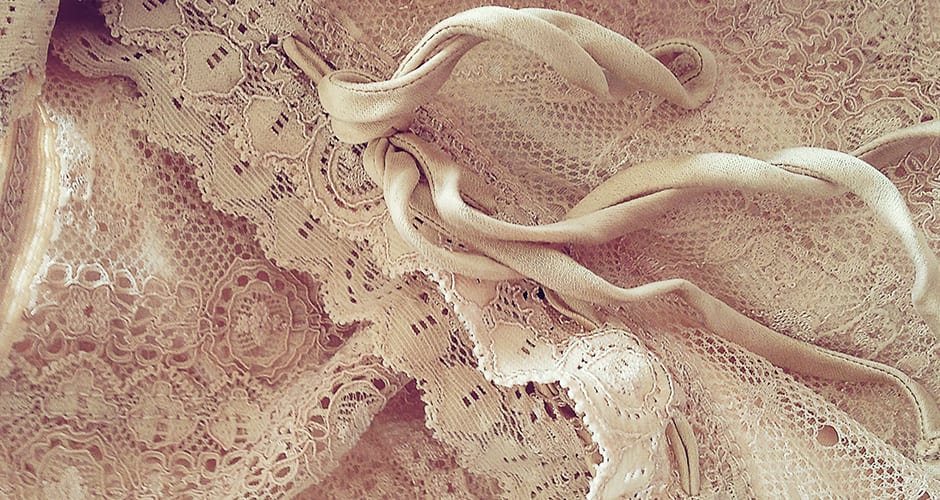Scoring a trove of vintage clothes is as thrilling as finding a gem in the rough. And it’s an increasingly popular way to revamp your style while bringing authenticity to your wardrobe. After all, how likely is someone in the grocery aisle to be sporting those same rare slacks?
But cleaning vintage clothes can be a scary prospect. If the thought of caring for antique fabrics gives you pause, fear not. True vintage pieces are meant to last, not fall apart, and they’re easier to keep looking new than you might imagine.
Read on for tips on how to wash vintage clothes to save time and preserve your awesome finds.
Is Vintage Worth the Maintenance?
Delicate lace, crisp white linen, taut tweed. If the thought of upkeep or worries over shrinkage have you cringing from owning vintage, remember this: Like all who wore them before you, retro clothes are meant to have character. A little fraying, fringing or fading can be a nod to a well-worn history.
Will Vintage Wash?
With modern washing equipment and your own gentle hands, resurrecting your rare pieces—and even cleaning yellowed vintage clothing—is possible. What’s more, knowing how to care for your antique fashions will help you get years more wear.
A Delicate Hand Wash or Dry Clean?
Check your precious cargo. Does the tag inside have machine wash instructions? If so, you can usually follow that direction for cleaning vintage clothes in the washer. Cotton, linen and polyester blends can often machine wash.
But first, do a sniff test. Is there a funk in the fabric? A musty scent can indicate it’s not strong enough to withstand submersion. When in doubt, washing vintage clothes by hand or dry cleaning those items are your best bet.
Material Rules
Your fabric will need a gentle hand wash if it’s:
- Antique silk
- Plain weave rayon
- Cotton, linen or polyester blends with delicate detailing
- Pieces with heavy beading, buttons or adornments
- Leather
- Fur
Let the professionals wash if your vintage items include:
- Crepes
- Knits
- Velvet
- Washed wool
- Cottons, linens and raw silks that pre-date 1970
Button Up or Buttons Out?
Whether cleaning vintage clothes in the washer or handwashing, the last thing you want for your antique fabric is an unwelcome snag or tear. Avoid those hazards by fastening all buttons, zippers, eyes and hooks before washing.
No Soap at All or a Dollop of Detergent?
Normal detergent? Dish soap? Shampoo? Or no soap at all? Caring for antique pieces can be confusing at every step. Finding the right suds will help avoid catastrophes and ease worries about how to wash vintage clothes.
A good rule to follow: Soap with caution, and consider these gentle options:
- Overnight soaking agents—made for dingy vintage
- Hydrogen peroxide—3% for mild bleaching or full strength for stain removal
- White vinegar—an inexpensive way to brighten colors, banish underarm stains
- Baking soda—remove mildew smells for dry-clean only fabrics
- Protein shampoo—just a dab in water when handwashing silk or scarves
Hot Pressed Iron or Line Dry?
Unless you’re in the mood for a good cry, line drying is the way to go to avoid shrinking and wrinkling that important piece. But smoothing the fabric doesn’t have to stop there.
Wear your vintage piece with pride—in all its imperfection—without making unwanted marks by planning before you smooth. Prior to pressing or steaming, make sure the garment can take the heat. As a general rule, never iron velvet, embroidery, detailed trim, beads or sequins. And if you’re steaming, do it from the inside to avoid shiny spots.
Knowing how to keep vintage looking new can give you more confidence to make those blast-from-the-past purchases. These simple guidelines for cleaning vintage clothes will help you protect retro relics for years to come.


